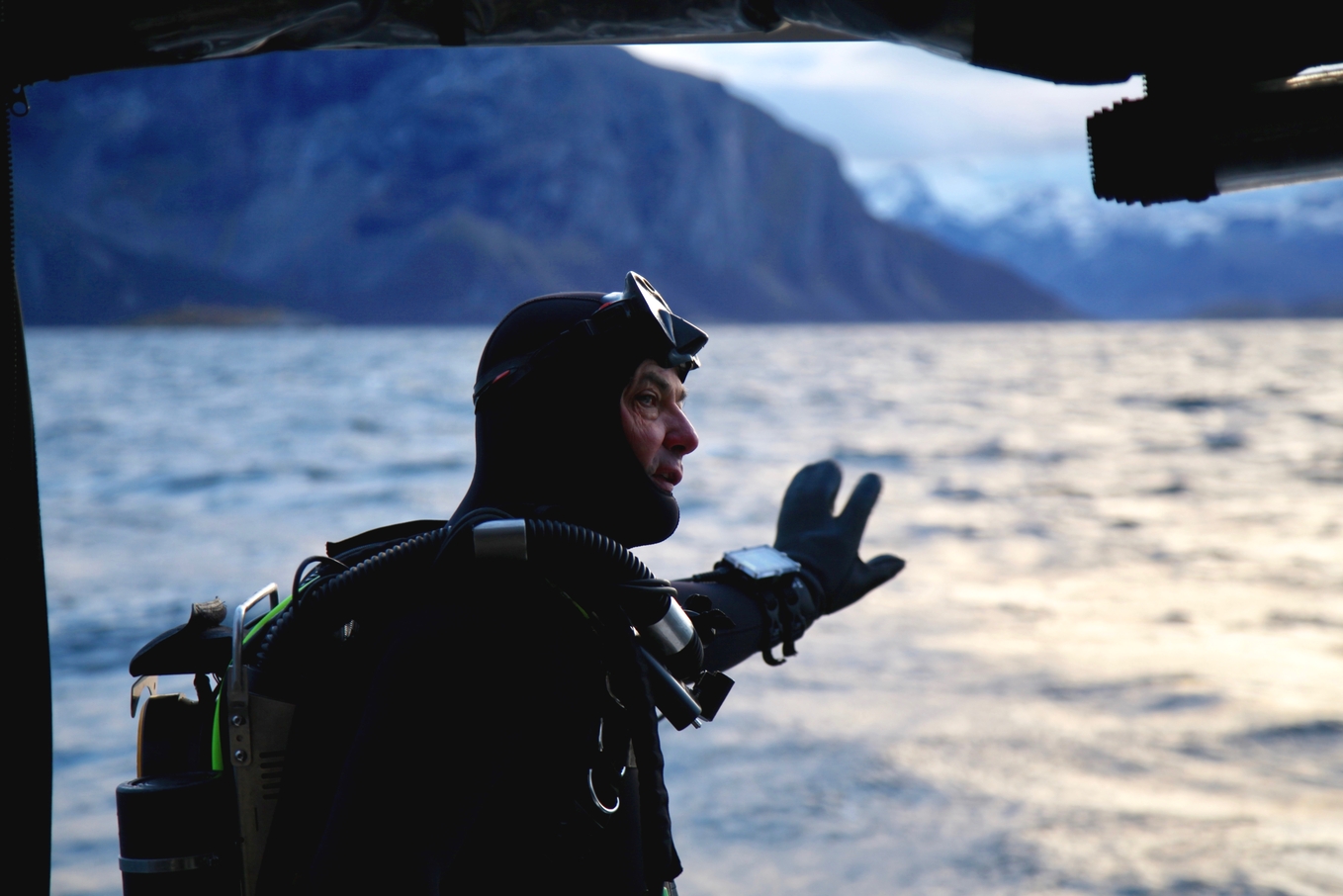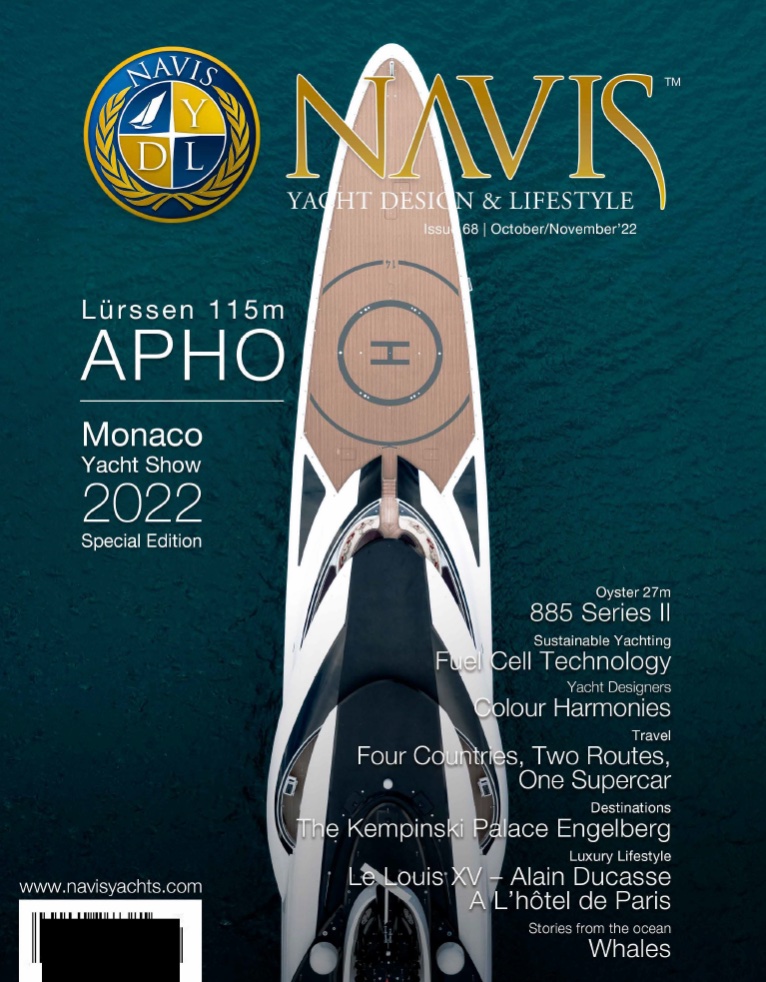If you feel as passionate about the big blue mystery that lays under the keel as we do, chances are high that you have enjoyed underwater documentaries from an early age and certainly saw his work but didn’t know the man behind the camera. So we sat down to chat with him about his work – how he got to where he is today and his plans for the future.
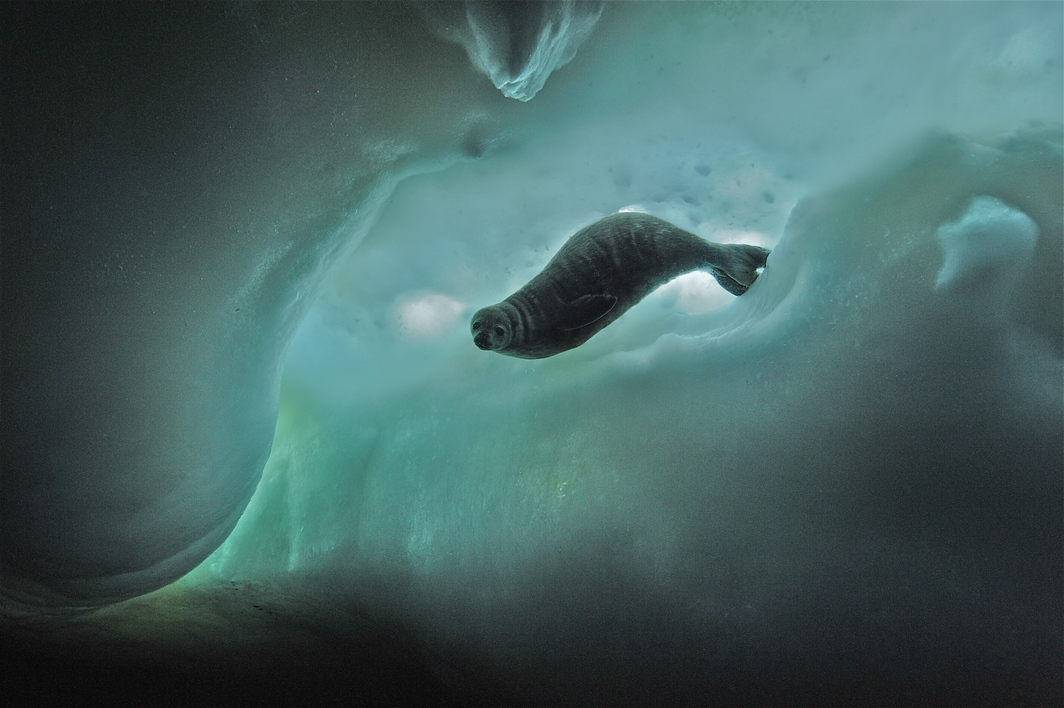

Let’s start with a short resume of his extraordinary career for those who don’t know Mr Noirot.
Didier Noirot started diving in 1976 and totalises more than 12,000 dives today. So, it is safe to say he feels at home on both sides of the waterline.
For twelve years, from 1986 to 1997, he worked as an underwater cameraman on Calypso and Alcyone alongside the man who would become his mentor and friend, the unforgettable Jacques Cousteau. When referring to Didier, Jacques Cousteau would say, “He is a fish amongst the fish”.
The years passed, and Didier got to work with the most renowned scientists and filmmakers on numerous projects worldwide. Today, he benefits from international recognition for his work and passion.
The proof is the two Emmy Awards under his belt for Outstanding Cinematography. The first was in 2002 for the Blue Planet (BBC/Discovery) and the second in 2015 for the One Life series (National Geographic).
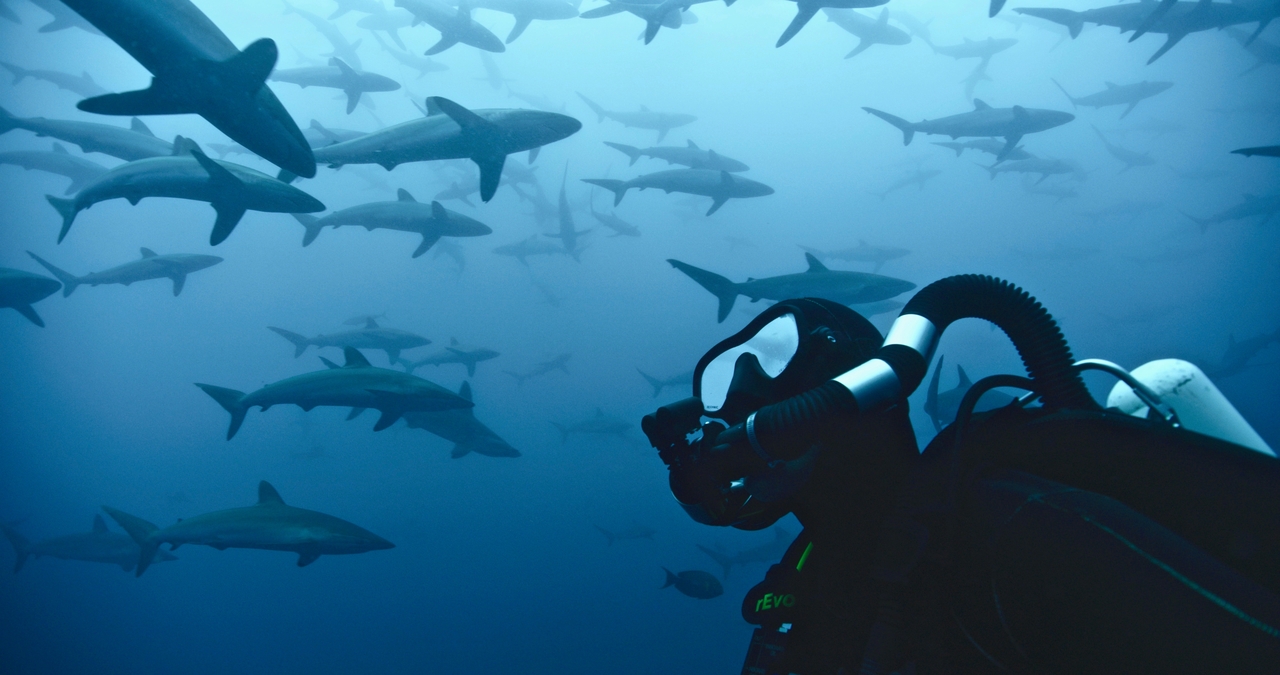
His artistic eye and technical knowledge, specifically for large format films, allowed him to deliver exceptional images for the cinema that can be seen on Oceans, Blue, Bears, Penguins for Disney Nature. Riding waves across the seven seas, including three expeditions to Antarctica (McMurdo, Dumont d’Urville) and one to the North Pole with French explorer Jean-Louis Etienne, Didier captured astonishing footage for us to see; those images got under our skin and made many of us fall in love with the oceans and its residents.
He has collaborated on the most famous BBC series, including The Blue Planet, Planet Earth and Frozen Planet, and series like Night on Earth for Netflix. Last year, he co-produced and co-directed two films for Arte France and National Geographic, le Festin des Orques and 50 Shades of Sharks.

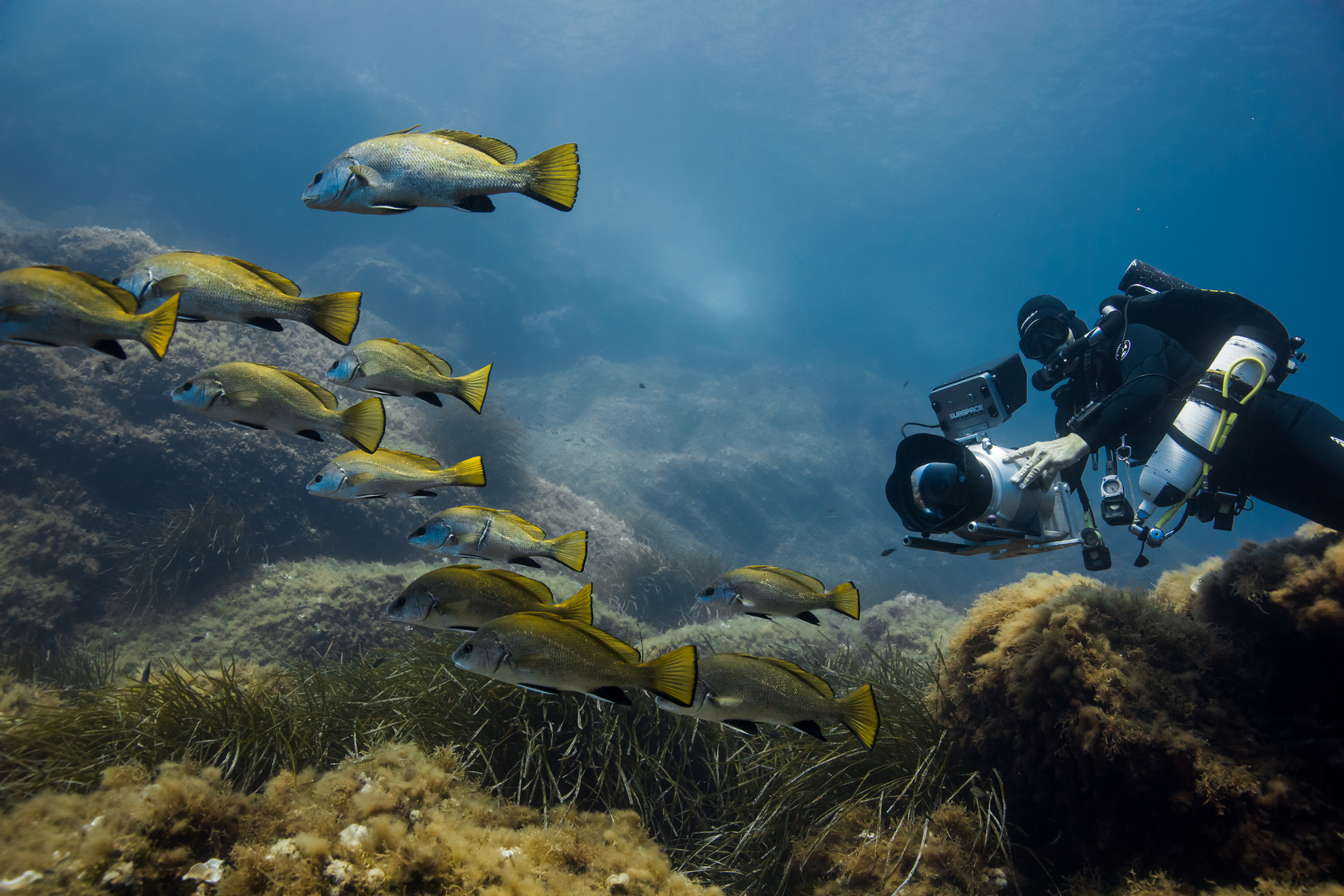
His secret? Years of acquired experience, developing a keen consciousness of his surroundings and patience. Didier is known for his respectful ability to come very close to the animals and capture beautiful sequence shots of large creatures like sharks, crocodiles, humpback whales, sperm whales, orcas and dolphins. He spent more than 62 weeks of his life filming humpback whales worldwide.
Should you ever get the chance to participate in one of his vivid lectures where Didier shares the adventures of his life, do not miss it! The Royal Geographical Society in London, Museum National d’Histoire Naturelle in Paris, and Smithsonian Museum in Washington have already welcomed him in the past.

What was the best advice anyone has ever given to you?
The best advice I’ve been given is, when you want to achieve a goal, to stay on course, not to change direction, especially when it’s difficult. I keep in mind the Chinese proverb: when you have the choice between two paths, you must always take the most difficult.
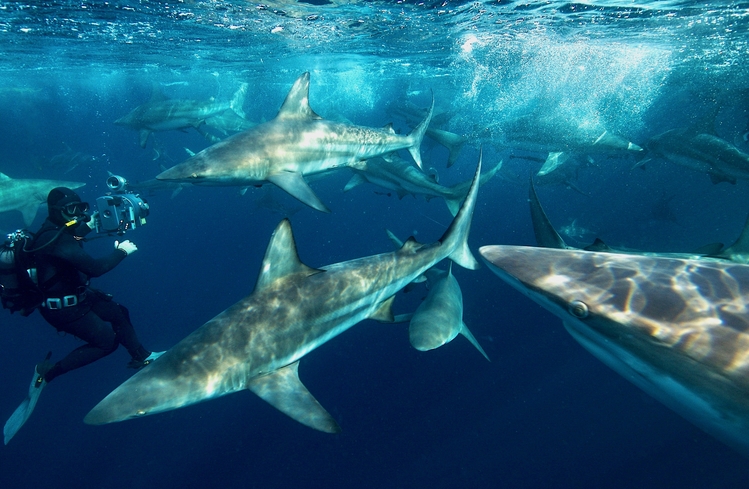

When did you realize you were interested in diving?
I started diving quite late; I was 18 years old, but my love for the sea started around the age of 5 when I saw the sea for the first time, but the real revelation came when I was 9 years old, and my father had taken me to the island of Yeu in the Vendée. In front of the port of La Meule, on the island’s west coast, we had a view of the sea from the top of the rocks. The water was very clear, and I could see the large algae. I had only one desire; it was to swim in it. Then we had the television, and when I saw Cousteau’s films with the divers of the Calypso with their silver suits and the smoke bombs, the plunging saucer, and Jojo the grouper, I told myself that this is what I wanted to do. And it happened, I stayed on course!
What is the hardest thing about being a UW filmographer?
The hardest part is being in the right place at the right time. It was quite easy 20 or 30 years ago, but since we disrupted the cycles of nature because of climate change, it is very difficult to predict major animal events. I see this in Newfoundland, an area I have been visiting every year for the past 12 years. Nothing is the same as before. I noticed a temperature rise of 7 degrees in 10 years. We are far from the forecasts of 2 degrees scientists made a decade or two ago.
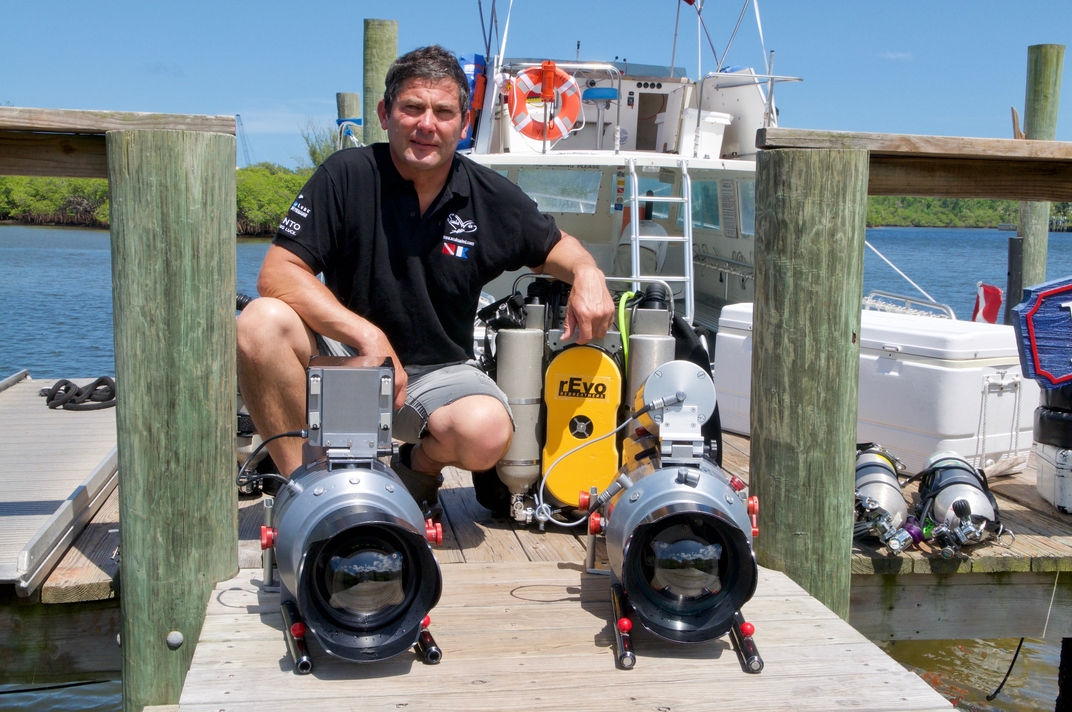
What is the most exciting thing that ever happened to you while diving?
The most beautiful show that Nature has given me is a very special encounter with a humpback whale who came to see me diving. I stayed with her for three weeks, and we built a stronger bond every day. Its pectoral fins passed within 20 centimetres of the camera. I also made a close-up of her eye while she was sleeping, even though she knew I was there.
Who had the most significant influence on your life?
Probably Captain Cousteau. He was an exceptional man with a visionary spirit. On board the Calypso, he was like you and me and had his meals with all the crew members, from the captain and the filmmakers to the sailors. Finally, he gave me some advice on how to make the movies. One day he said to me: “Didier, you want to make a film, do it first, and then you will see how much it costs!” The advice does not apply to everyone!
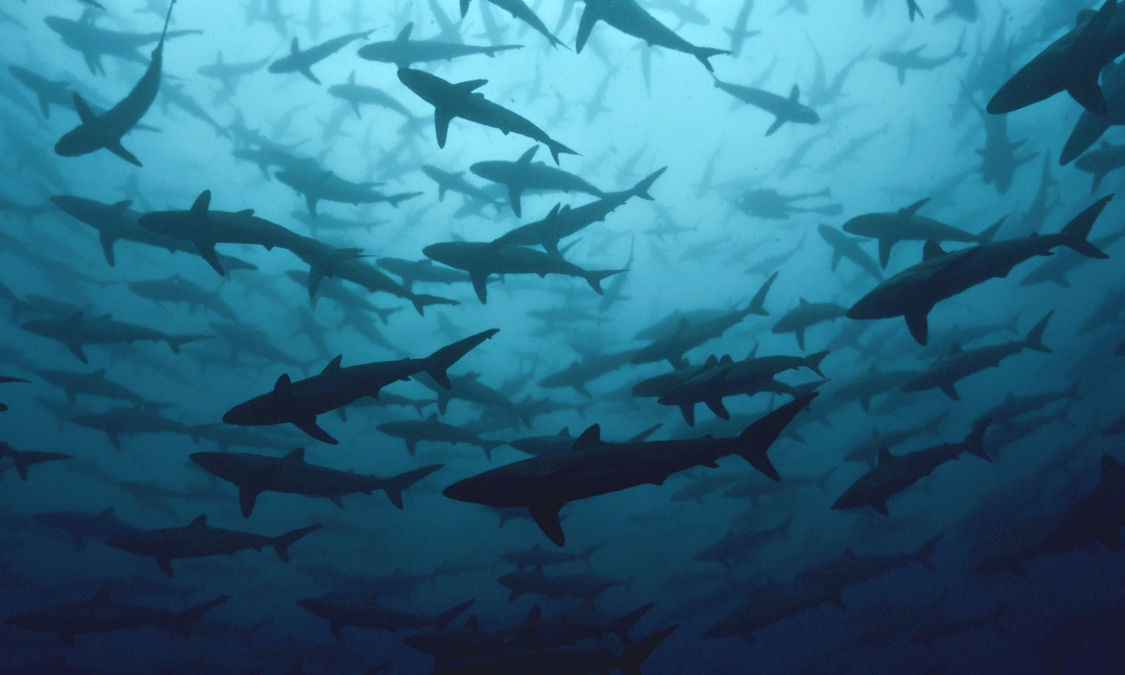
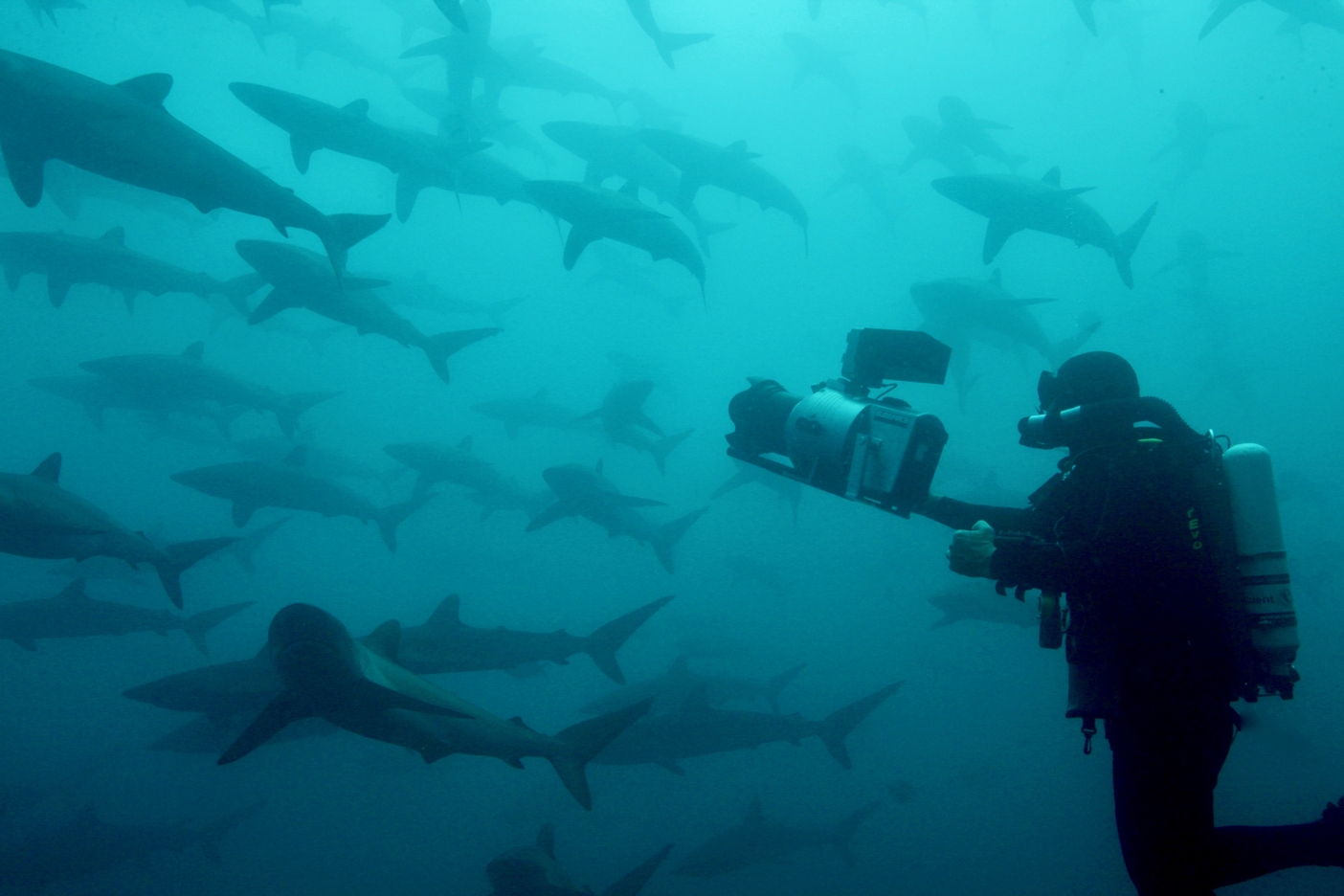
What projects are you working on currently?
I have just created a non-profit association, the Balthazar Project, whose goal is to increase knowledge of marine life and raise awareness of the beauty of the oceans through quality images. It is not only important to report a recent testimony of our oceans but, above all, to make them loved so that we protect them more. Go swimming once with a dolphin or turtle, and your view of the sea will completely change. You won’t want this world to disappear. I remember what Captain Cousteau said, “we protect what we like”. It is, therefore, necessary to make people love the oceans by filming the best of it.
It is indisputable that we must report on the plastic and pollution that threatens our oceans, but I also want to show the audience that there are projects that started decades ago and have succeeded. The knowledge on how to protect the oceans has since advanced, and there is hope.
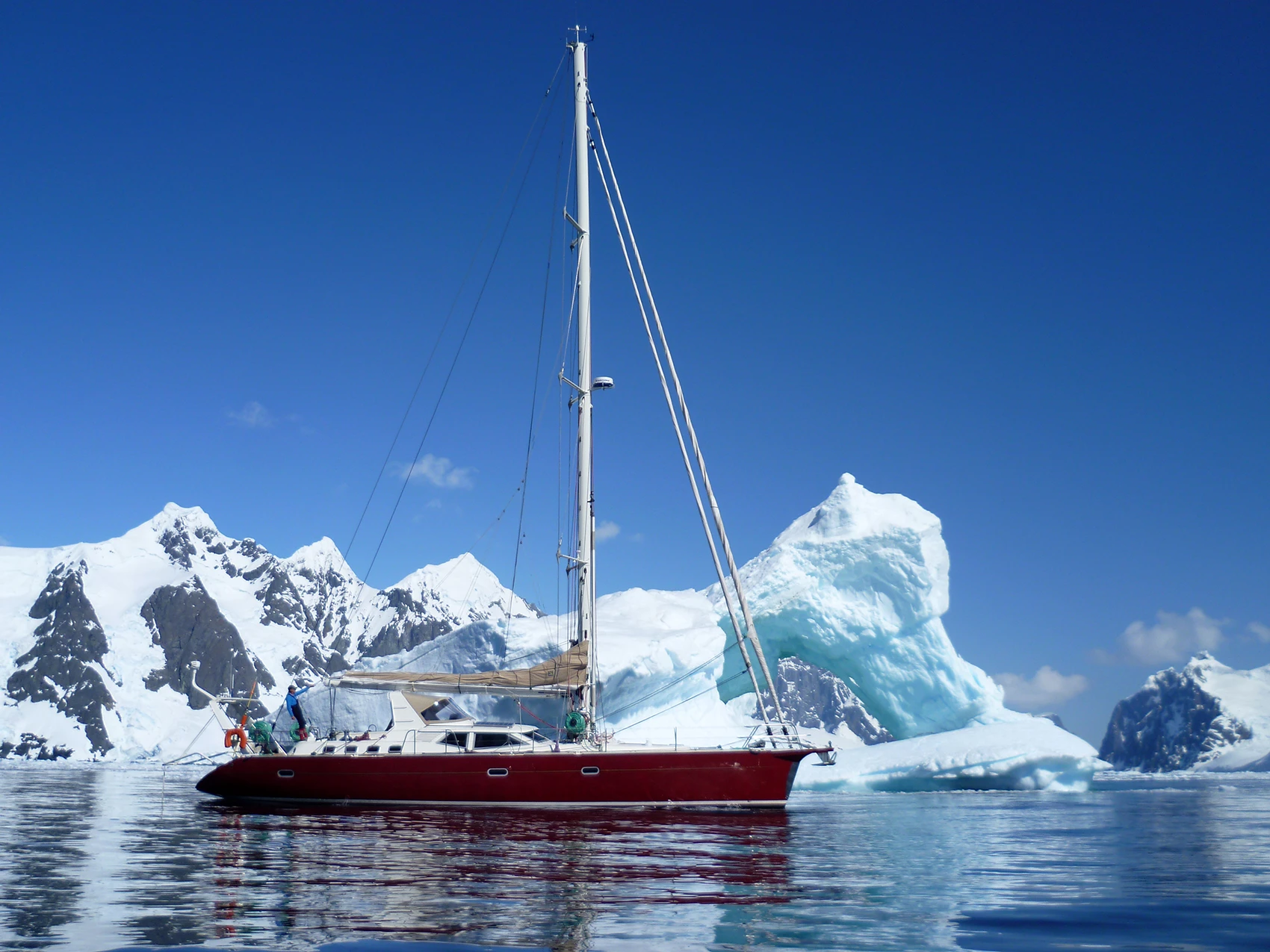
Involving your audience brings them closer to embracing your ideas; how could they support you?
We always come back to the sinews of war, money! To enable us to finance our expeditions and bring back the emotional images that may change the way we behave on the planet, we need financial support. The protection of nature is everyone’s business. There are all the everyday gestures we can do individually, but also all the measures on a larger scale, those taken by our governments, which are often incompatible with our economic system based on constant growth. But things are changing, even if it’s too slow.
Do you have any personal rituals that you do before diving?
Sorry to disappoint you, but I do not have personal rituals before my dives. Just focus on your surroundings.

If we were standing together, what song could I expect to hear from your headphones?
When I’m in nature, I don’t need music. The sounds of nature are self-sufficient. Do you need music to relax when you hear the song of birds or frogs, the sound of the wind or the waves or a flowing river? No! For example, go to the countryside and sit by a stream or river, away from the city’s noise and cars.
The sound of flowing water will relax you. After a while, you will discern all the surrounding sounds, the song of a bird, the bee buzzing, the sound of the wind in the leaves of the trees and others. Finally, you will feel your body rest.
To finish, we would like to thank Didier Noirot for being an inspiration and we look forward to a successful collaboration.
Fair winds,
Jennifer C. Maul
The nonprofit organization THE BALTHAZAR PROJECT, whose goal is not only to promote knowledge of marine species, but also and above all to show the most beautiful of the oceans through images, is looking for funds to finance its expedition in the Arctic regions.
The association has already benefited from significant support since a 57-foot Garcia sailboat has been made available to it. This sailboat requires improvements such as the replacement of a less polluting engine, the addition of new generation solar panels, as well as various interior fittings.


